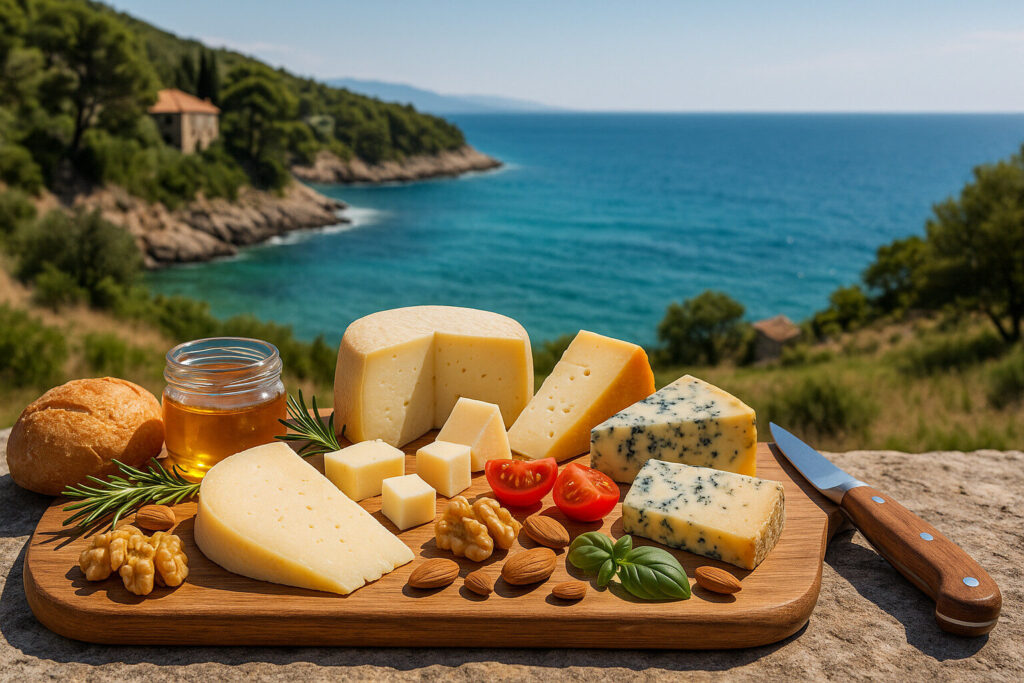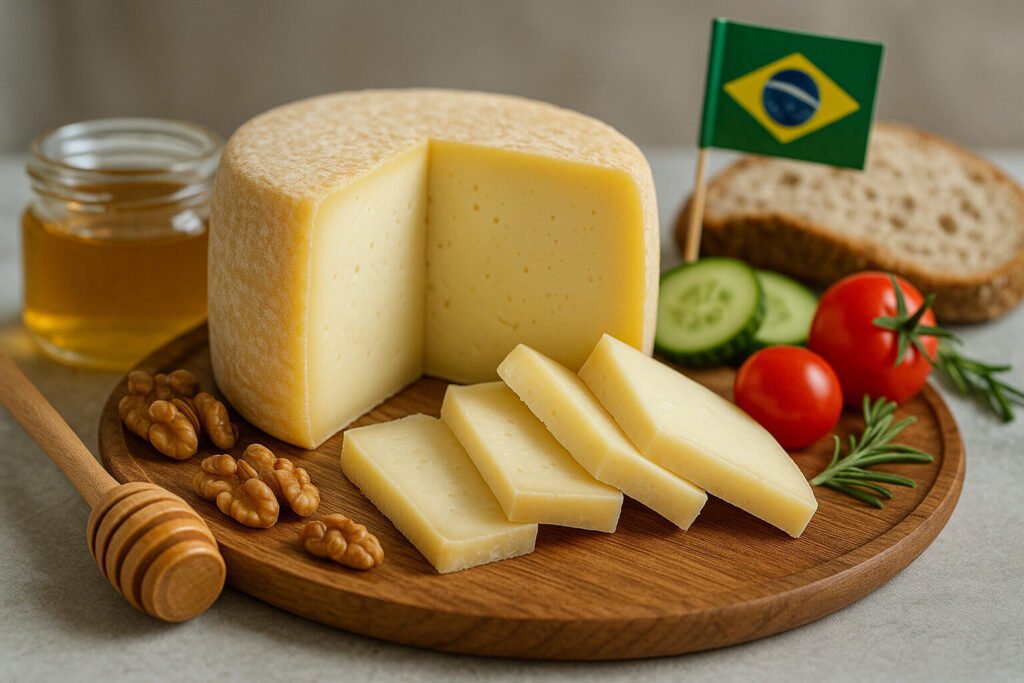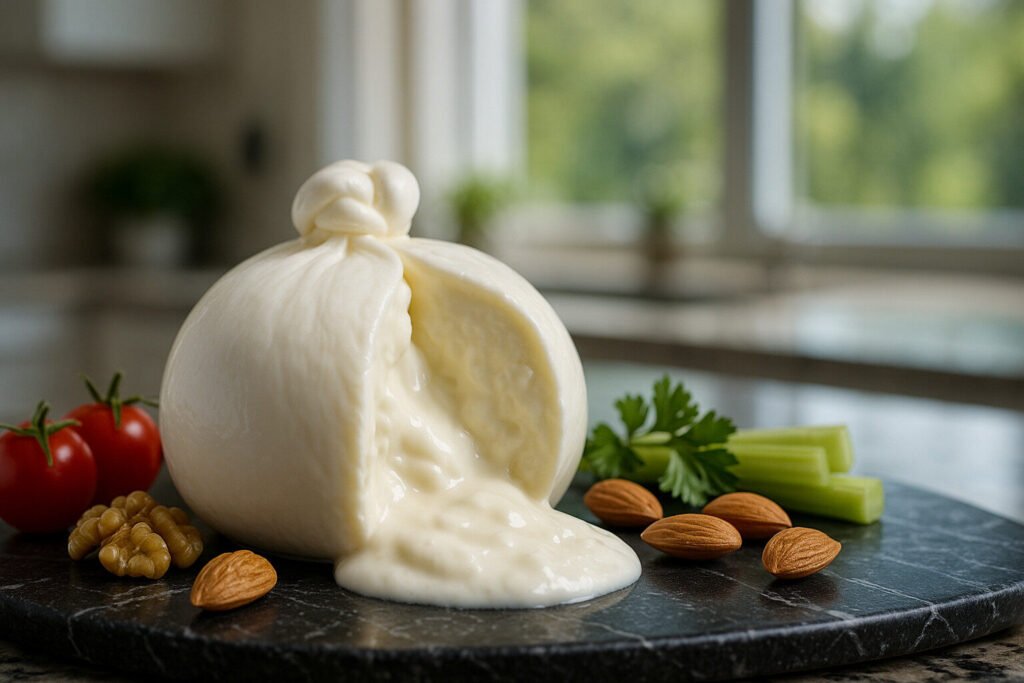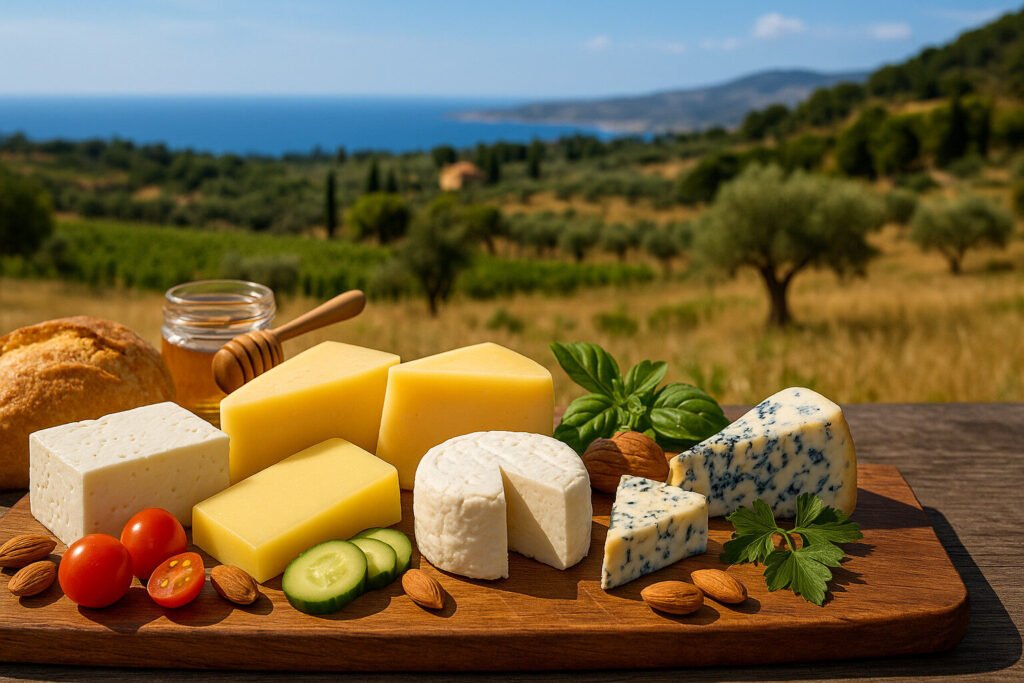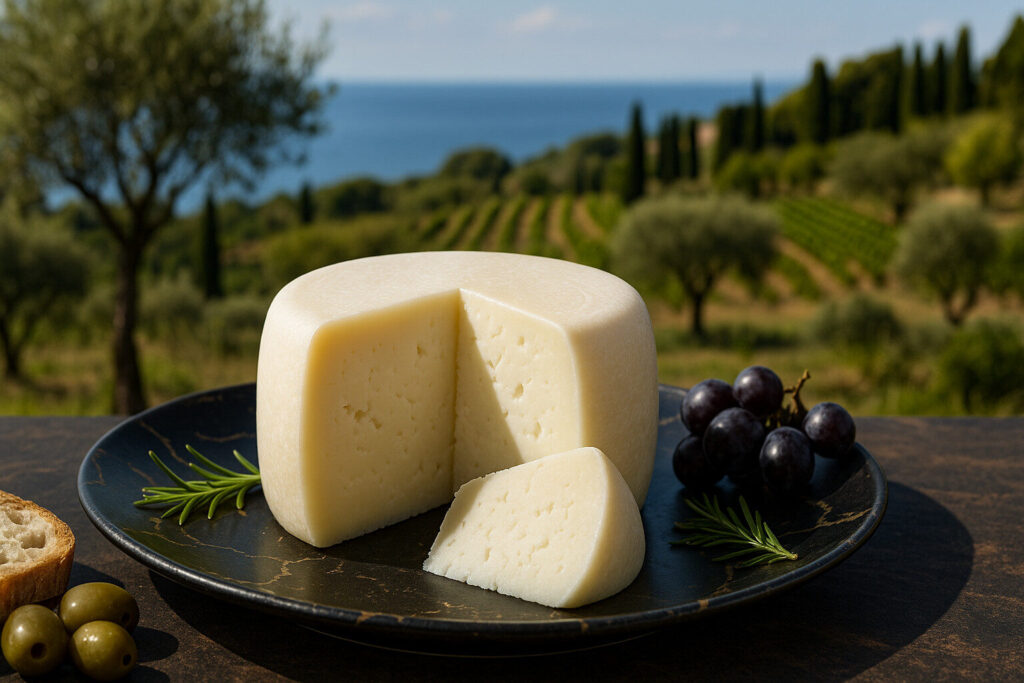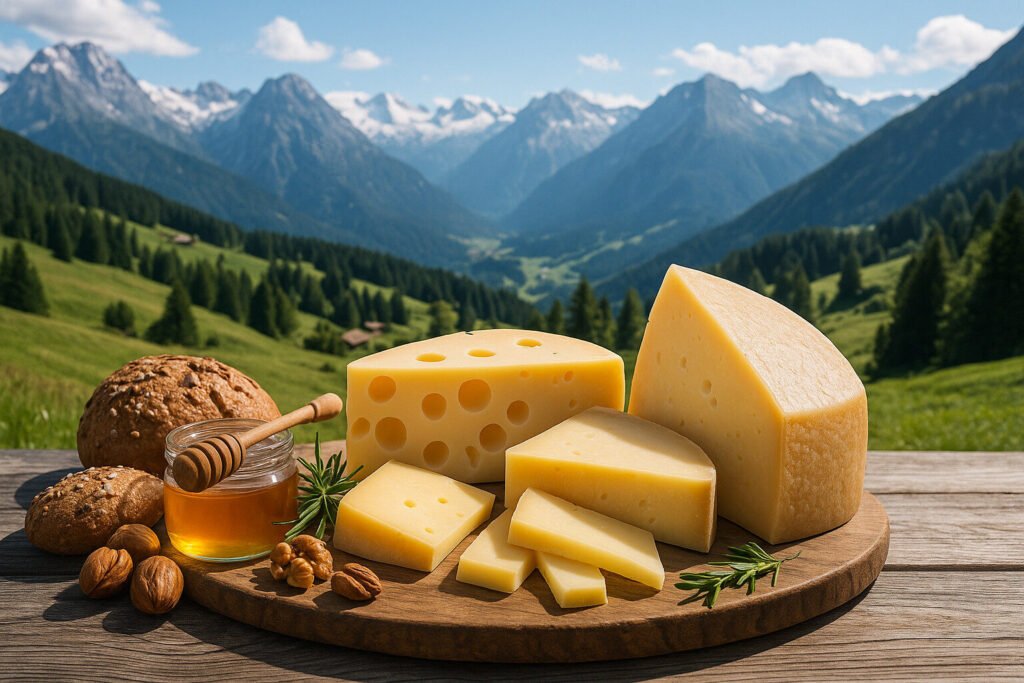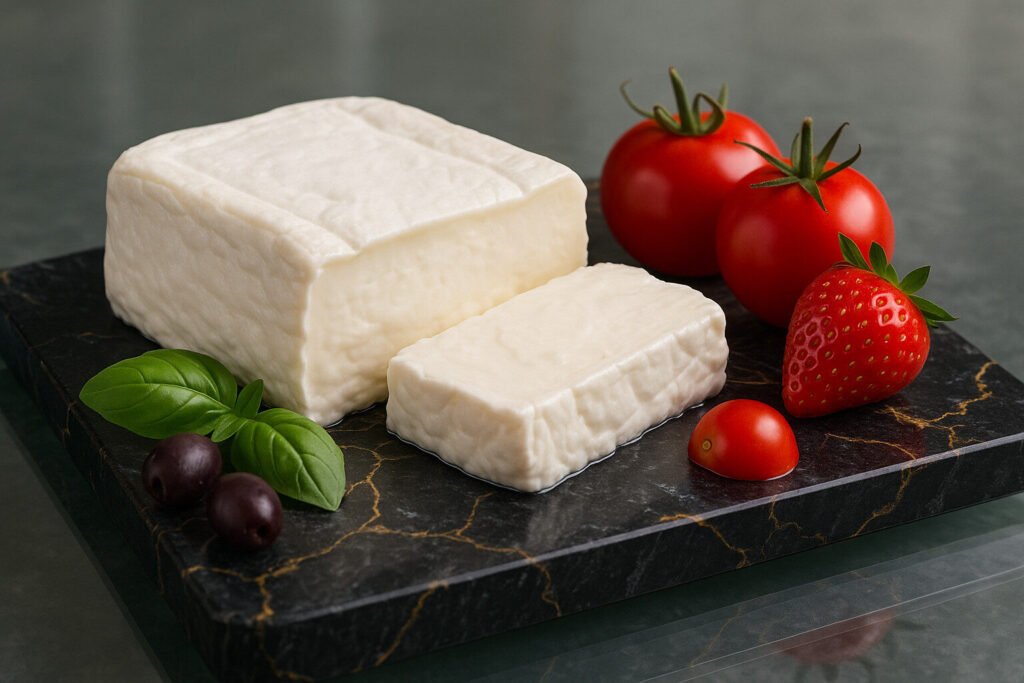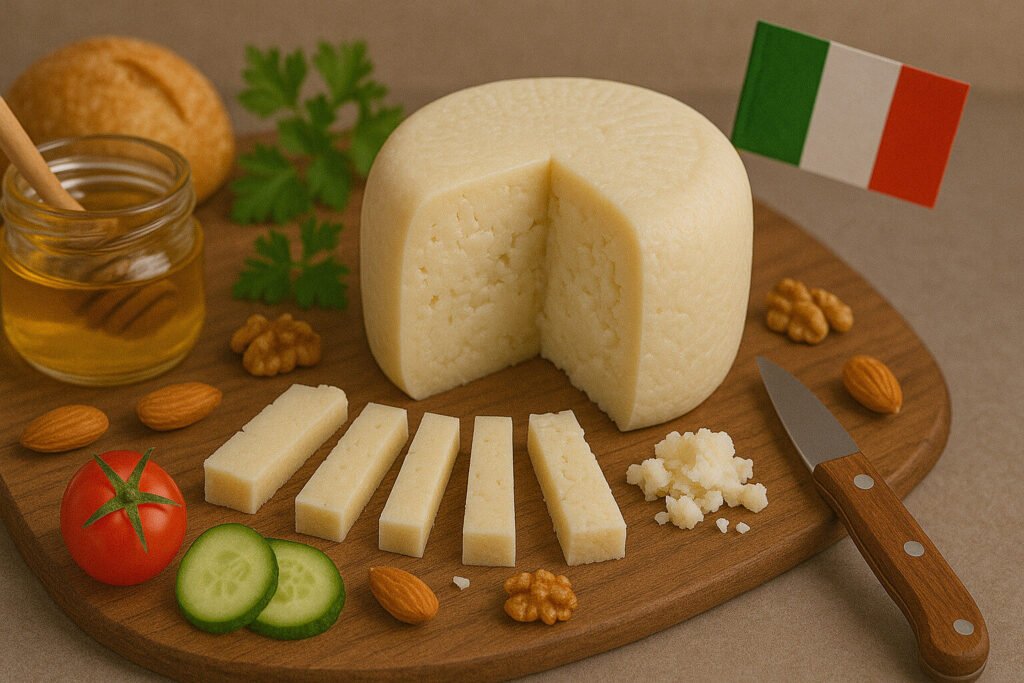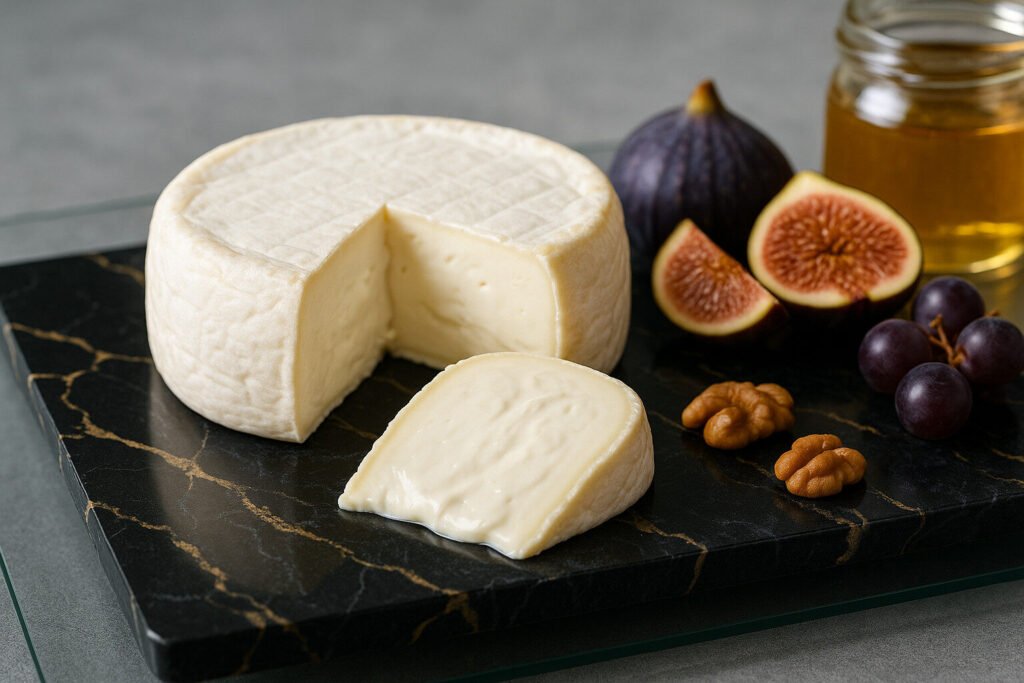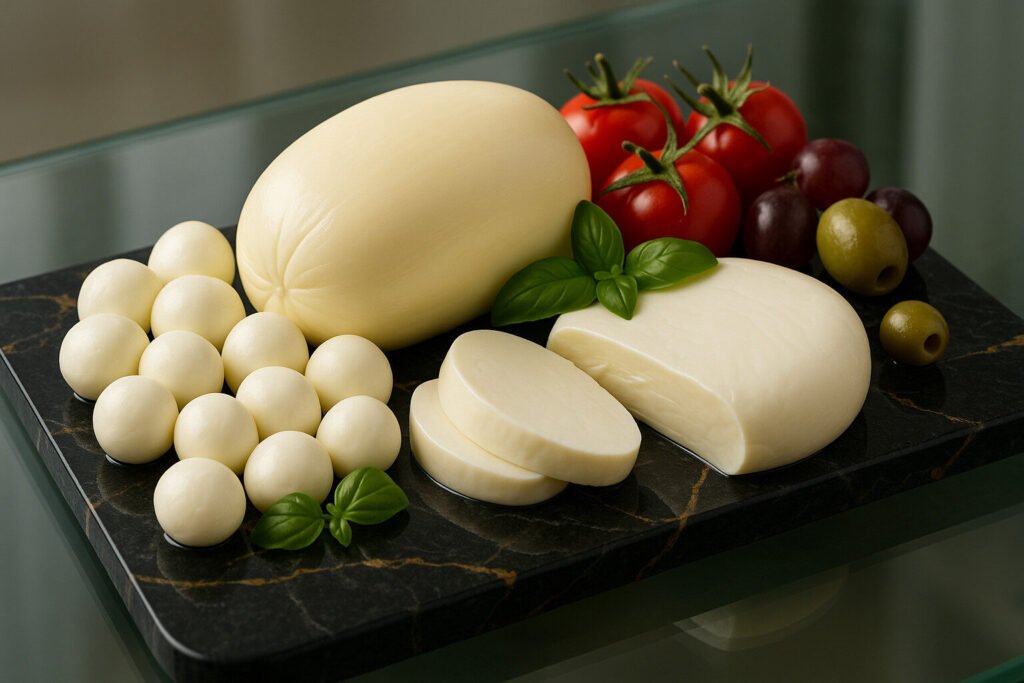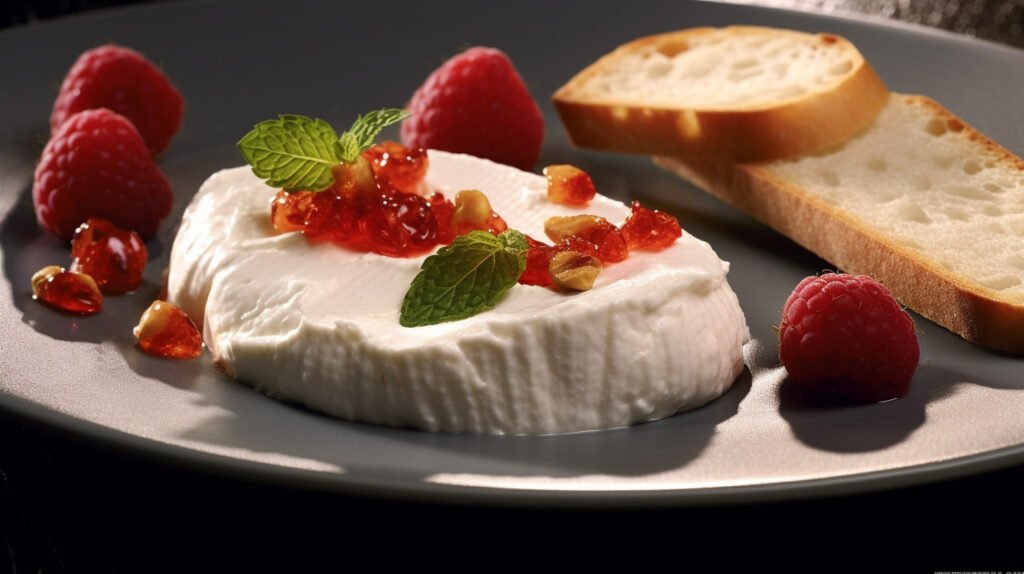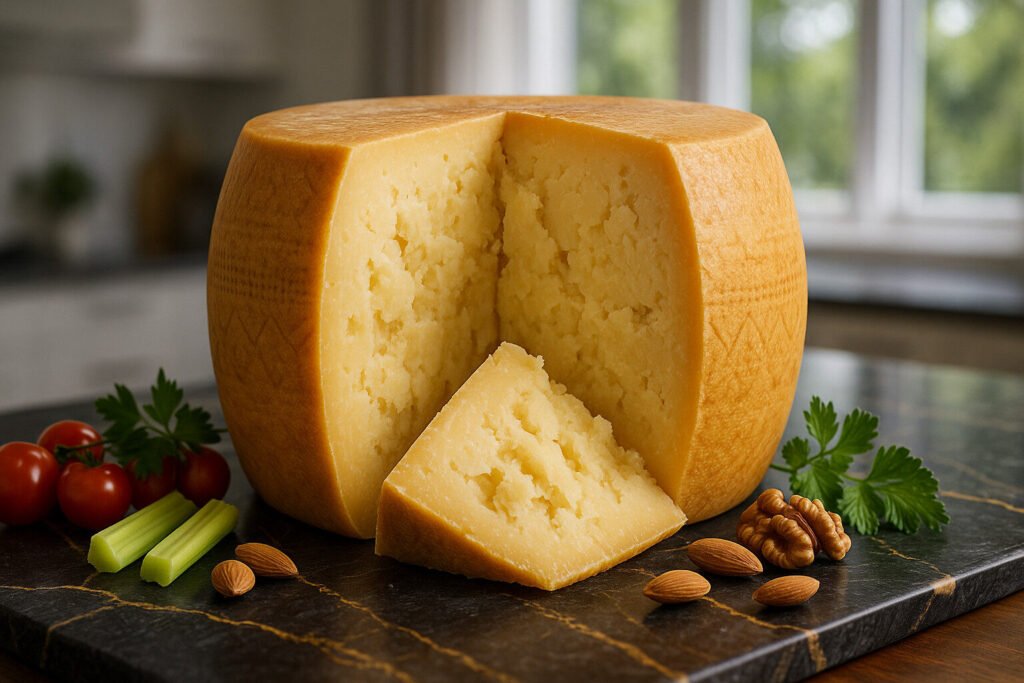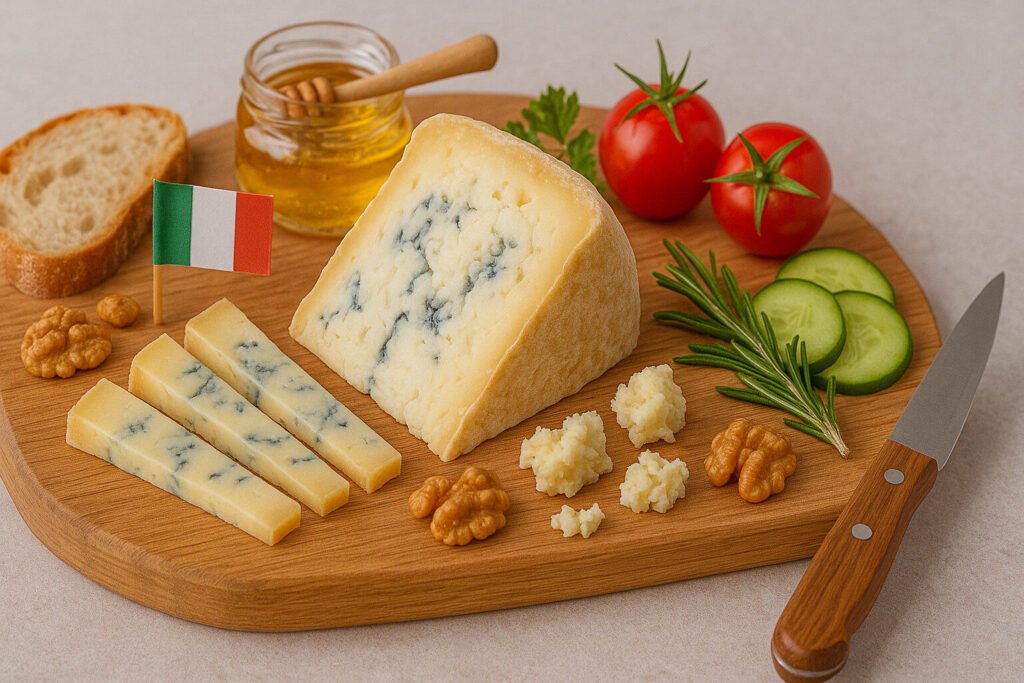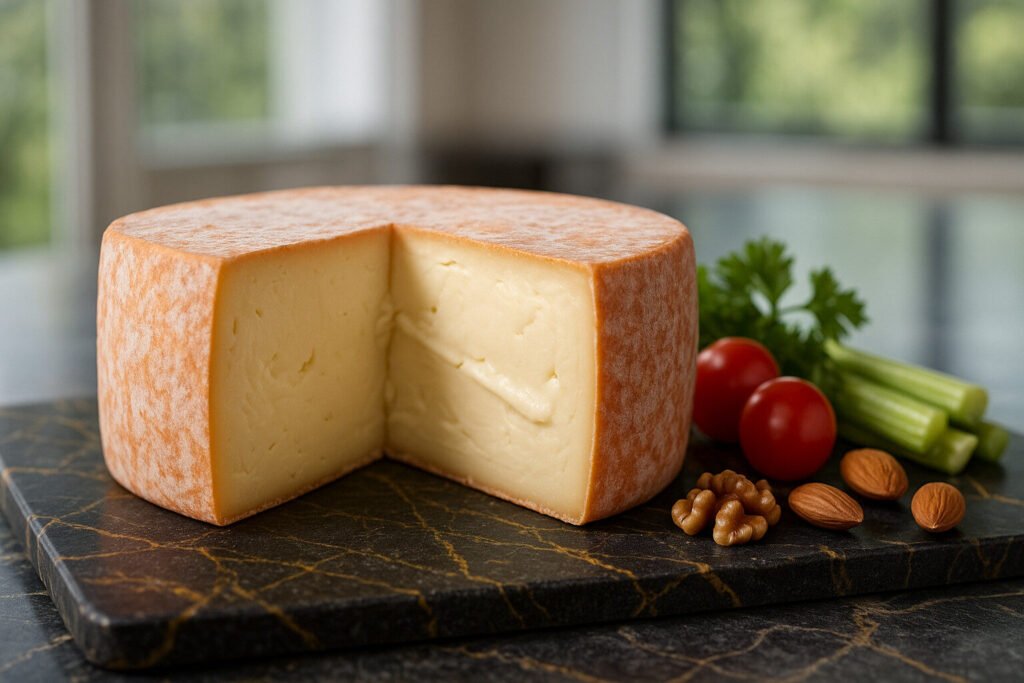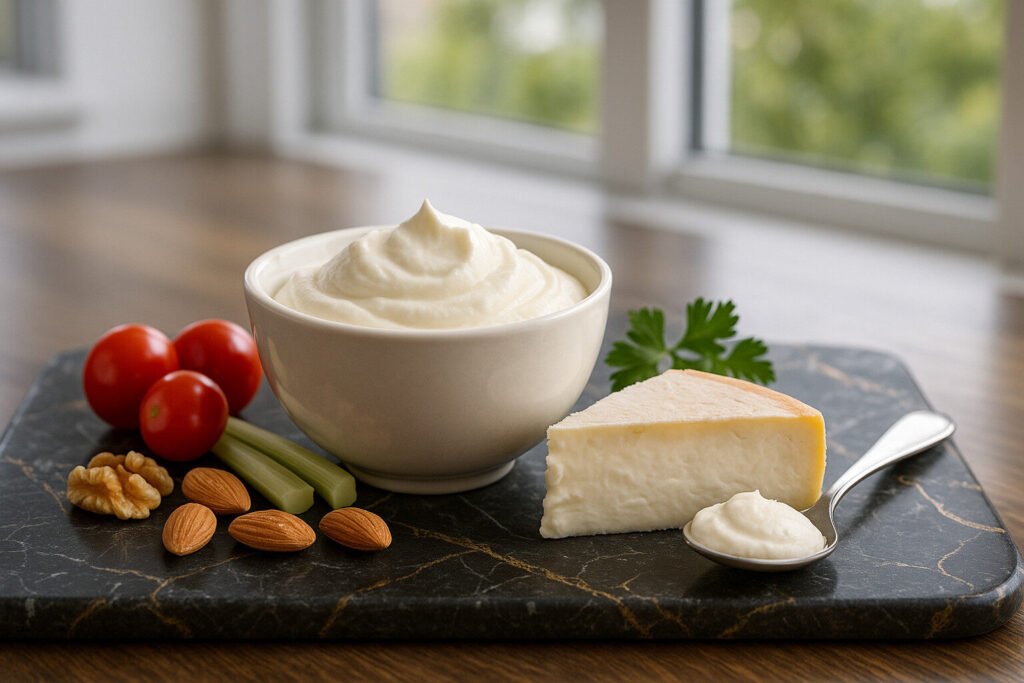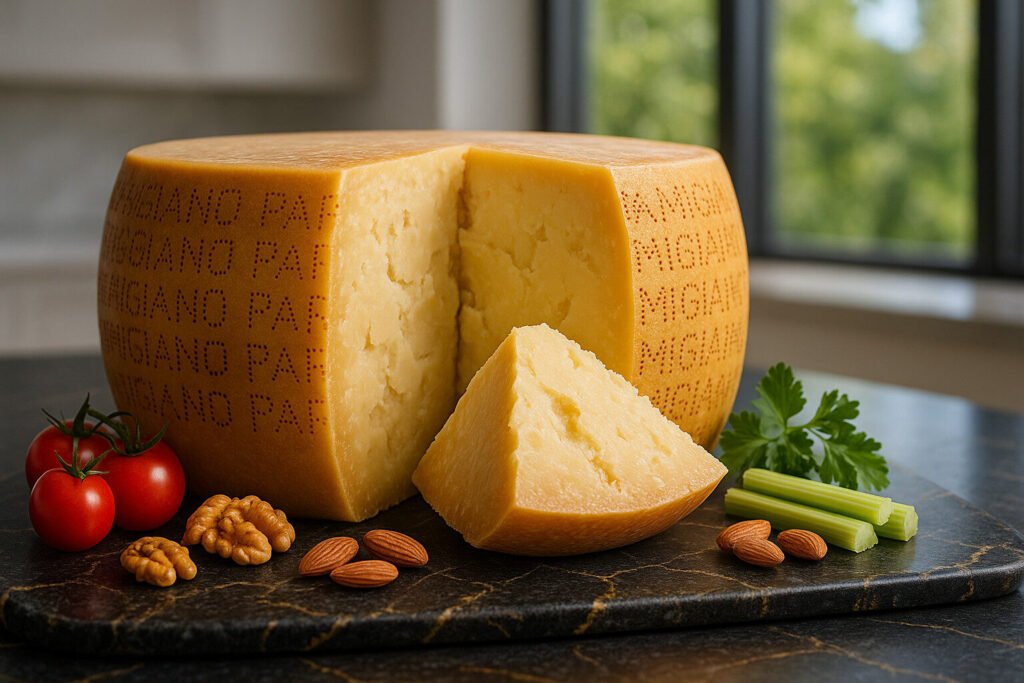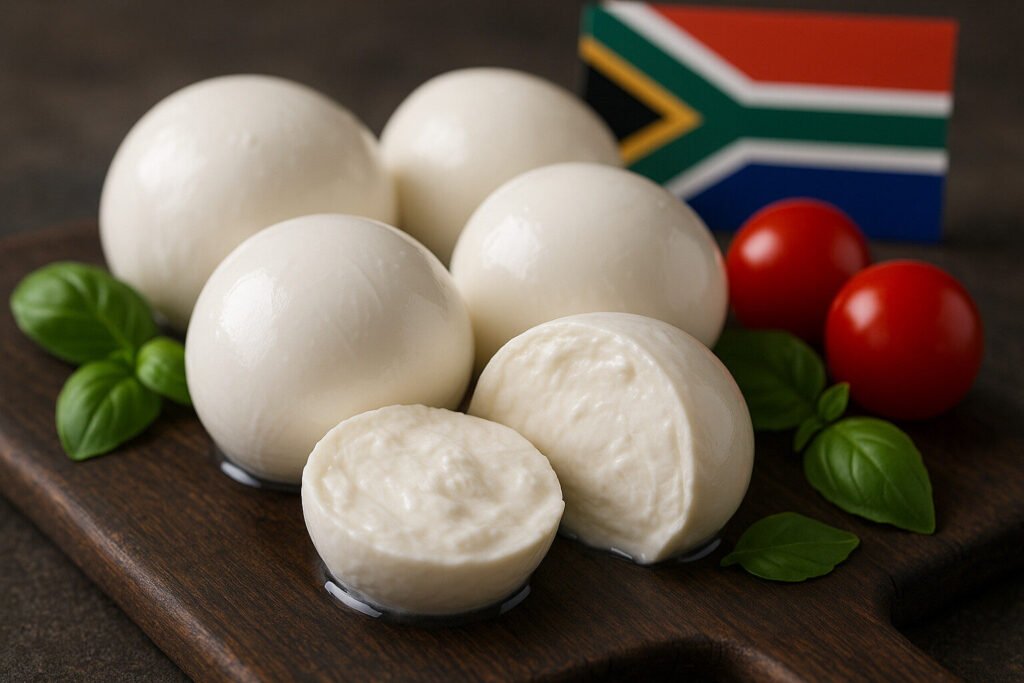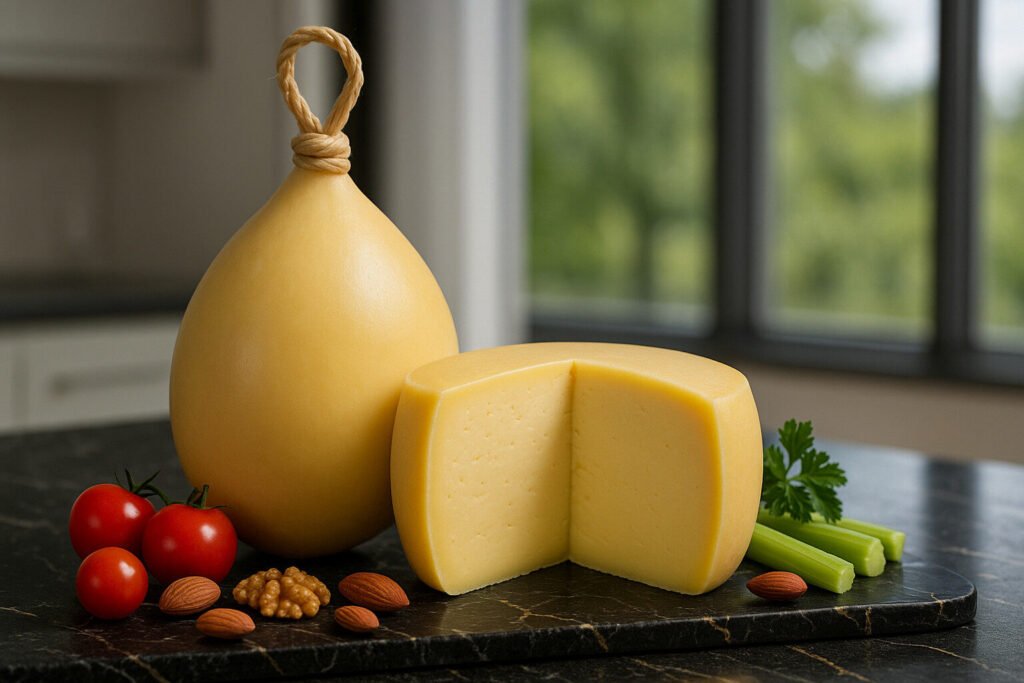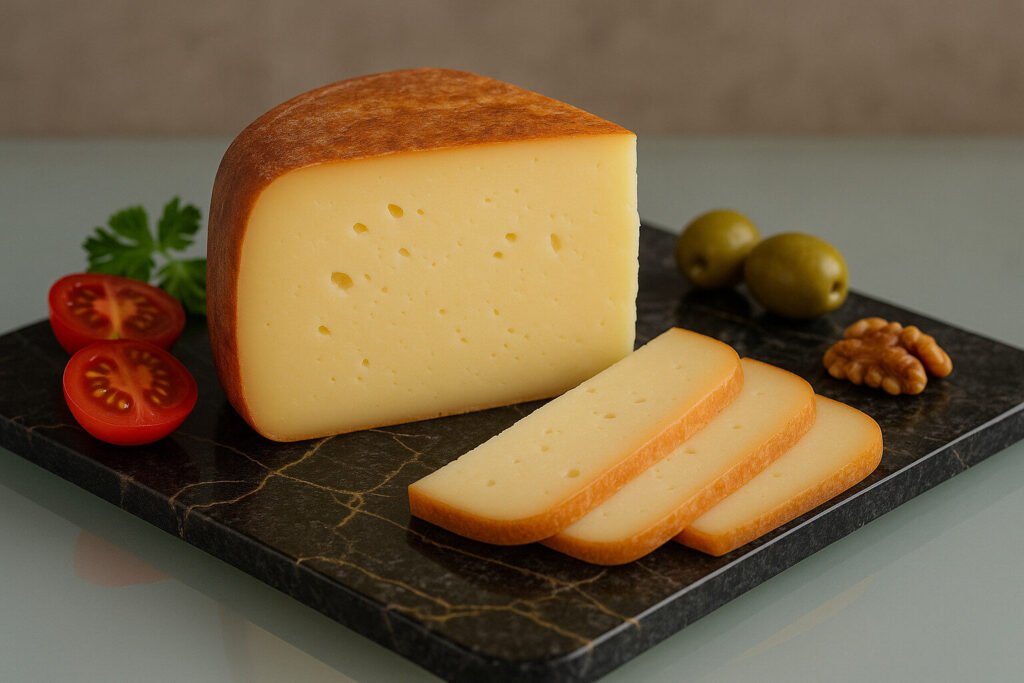Cheese Of Italy
Italian Cheese Definition and Scope
Italian origin cheeses are dairy products manufactured within Italy’s geographical boundaries following traditional regional methods. This classification encompasses over 400 protected varieties recognized by Italian and European Union legislation. These cheeses demonstrate specific terroir characteristics derived from local animal breeds, forage, and microclimates.
The scope includes fresh, soft-ripened, semi-hard, and hard cheeses with protected designations like DOP and IGP. Production follows codified specifications governing milk source, processing techniques, and aging periods. These regulations ensure consistent quality and preserve historical cheesemaking traditions across Italy’s diverse regions.
Traditional Production Methods
Italian cheesemaking employs both ancient artisan techniques and modern controlled processes while maintaining protected methods. Many varieties use raw milk from specific breeds like Reggiana cows for Parmigiano-Reggiano or Sarda sheep for Pecorino Romano. The milk undergoes natural fermentation using whey or natural starter cultures before rennet coagulation.
Distinctive techniques include pasta filata stretching for Mozzarella and Caciocavallo, and brine washing for Asiago. Aging occurs in specific environments like the natural caves of Gorgonzola or the ventilated rooms of Grana Padano. Production timing often follows seasonal milk quality variations, particularly for mountain cheeses.
Sensory Characteristics
Italian cheeses present diverse textures ranging from the moist elasticity of fresh Mozzarella to the crystalline granularity of aged Parmigiano-Reggiano. Flavor profiles develop through controlled aging, from mild lactic notes in young cheeses to complex piquant and umami characteristics in matured varieties. Appearance features include natural rinds, brine-washed surfaces, and distinctive mold veining.
Specific sensory markers include the pungent aroma of Taleggio’s washed rind and the buttery sweetness of Fontina. Texture evolution during aging creates unique mouthfeel experiences, such as the crumbly dryness of aged Pecorino versus the creamy spreadability of Robiola. These characteristics serve as quality indicators and authentication points for protected designations.
Culinary Applications
Italian cheeses serve distinct culinary roles based on their functional properties and flavor intensities. Fresh cheeses like Ricotta and Burrata feature in antipasti and dessert preparations where mild acidity and creamy texture are valued. Hard grating cheeses provide umami depth to pasta dishes, soups, and risottos when added during cooking or as finishing elements.
Table cheeses such as Provolone and Scamorza function as centerpiece items for cheese boards and sandwich fillings. Melting properties determine usage, with Mozzarella and Fontina selected for pizza and baked dishes. Aged cheeses develop sufficient flavor concentration to stand alone as course conclusions with complementary fruits and wines.
Regional Specialties
Northern Italy produces rich cow’s milk cheeses like Gorgonzola in Lombardy and Asiago in Veneto. The Alpine regions yield semi-hard varieties such as Fontina from Valle d’Aosta, influenced by high-altitude pasture grazing. These mountain cheeses typically demonstrate nutty flavors and excellent melting characteristics developed through cave aging.
Central Italy features sheep’s milk Pecorino varieties including Romano from Lazio and Toscano from Tuscany. Southern regions specialize in pasta filata cheeses like Mozzarella di Bufala Campana from Campania and Caciocavallo from Apulia. Island productions include Sicilian Ragusano and Sardinian Fiore Sardo, representing unique local traditions.

